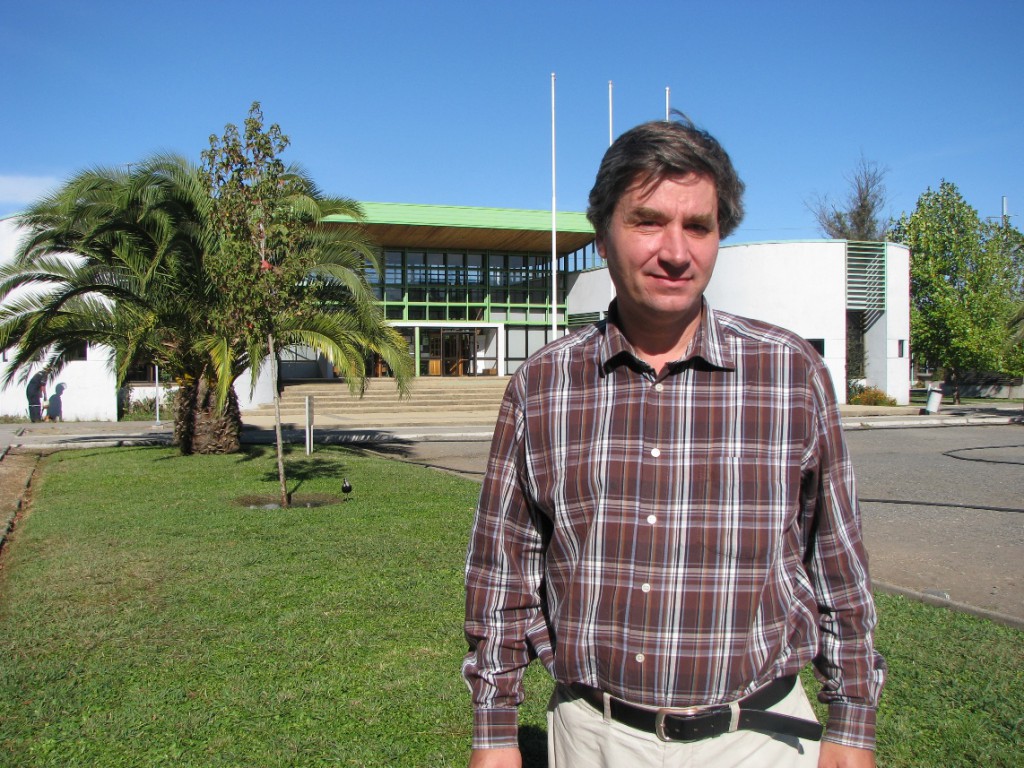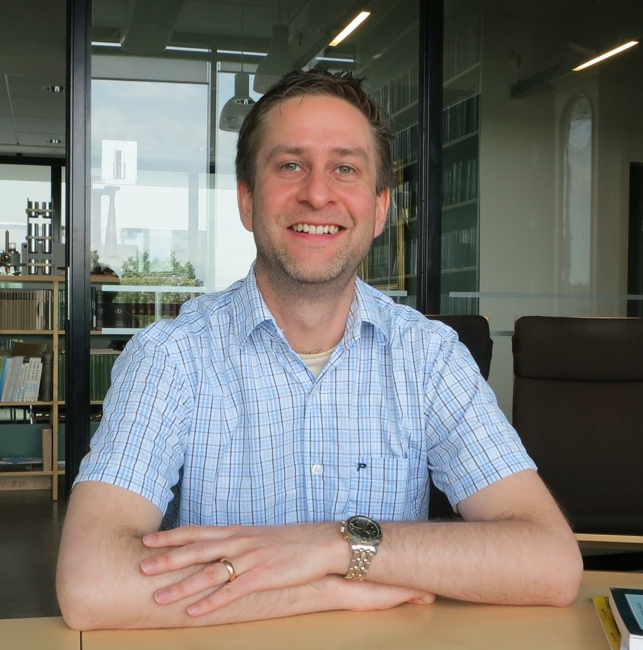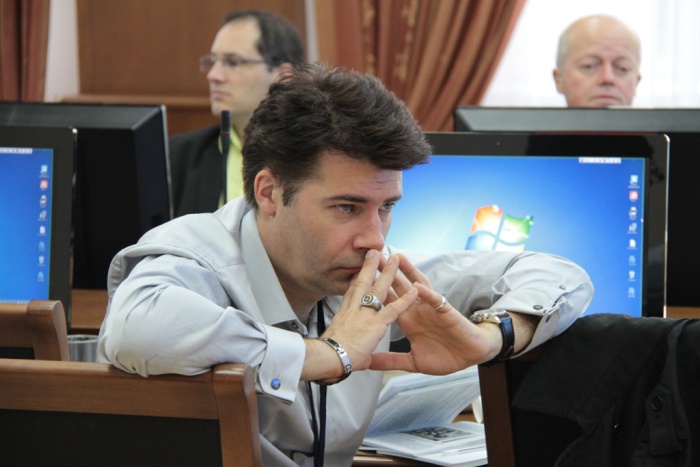Visitors
2019

DSU 2019
With more than 100 participants, we have received the visit of collaborators, colleagues and friends, from all around the world.
We thanks ICTP, MECCYT (MINCYT), and FUNDACEN, for support.
The DSU 2019 website contains:
The complete list of participants here
The DSU 2019 program here
DSU 2019 talks's here
The DSU series website here
2017

Markos Maniatis
Professor - UBB Concepción Chile · Departamento de Ciencias Básicas
"Higgs potentials in models with multiple Higgs-bosons"
Abstract:
The recent discovery at the LHC collider at CERN could be a Higgs boson of a model with an extended Higgs sector. In contrast, in the Standard Model we only have one Higgs-boson doublet, giving one physical Higgs boson. Decades ago, T. D. Lee has proposed a two-Higgs doublet model which provides sufficient CP violation to meet one of the Sakharov criteria. In this talk we would like to present a simple formalism to study Higgs potentials in models which have more than one Higgs-boson doublet. We will show how electroweak-symmetry breaking, symmetries, and also the minimization of the potential can be studied in such models.
12 of May 2017, 14 hs, Seminar Room (second floor)
2015

German A. Gomez-Vargas
Pontifical Catholic University of Chile - Instituto de Astrofísica
Istituto Nazionale di Fisica Nucleare, Sezione di Roma “Tor Vergata”, Roma, Italy
"Gamma-ray line searches with the Fermi-LAT telescope"
Abstract:
Dark matter decay or annihilation may produce monochromatic signals in the gamma-ray energy range. In this presentation I will argue that there are strong theoretical motivations for studying these signals in the framework of gravitino dark matter decay and present the results of a search for gamma-ray spectral lines from 100 MeV to 10 GeV with 5.2 years of Fermi-LAT data. In contrast to previous line searches at higher energies, the sensitivity of the present search is dominated by systematic uncertainties across most of the energy range considered. We estimate the size of systematic effects by analysing the flux from a number of control regions, and include the systematic uncertainties consistently in our fitting procedure. I will also present preliminary results on a line search in a broad energy range 200 MeV - 500 GeV, the main improvement relative to previous works is the use of 5.8 years of data reprocessed with the Pass 8 event-level analysis. In addition I will present new results on the previously reported tentative detection of a line at 133 GeV using the new Pass 8 data.
12 of May 2015, 14 hs, Seminar Room (second floor)
Works in collaboration with us here

Tommy Ohlsson
Professor in Theoretical Physics
Department of Physics, KTH Royal Institute of Technology - AlbaNova University Center, Stockholm, Sweden
"Non-Standard Neutrino Interactions"
Abstract:
The phenomenon of neutrino oscillations has been established as the leading mechanism behind neutrino flavor transitions, providing solid experimental evidence that neutrinos are massive and lepton flavors are mixed. Here we review sub-leading effects in neutrino flavor transitions known as non-standard neutrino interactions (NSIs), which is currently the most explored description for effects beyond the standard paradigm of neutrino oscillations. In particular, we report on the phenomenology of NSIs and their experimental and phenomenological bounds as well as an outlook for future sensitivity and discovery reach.
28 of April 2015, 14 hs, Seminar Room (second floor)
2013

Yann Mambrini & Adam Falkowski
Paris XI
External organizers of:
"Phenomenology Beyond the Standard Model in the LHC era"
Buenos Aires May 13th and May 14th 2013
Local organizers: Gaston Giribet, Nicolás Grandi, Daniel E. López-Fogliani
Link to the webpage of the Workshop here
Supported by: 

